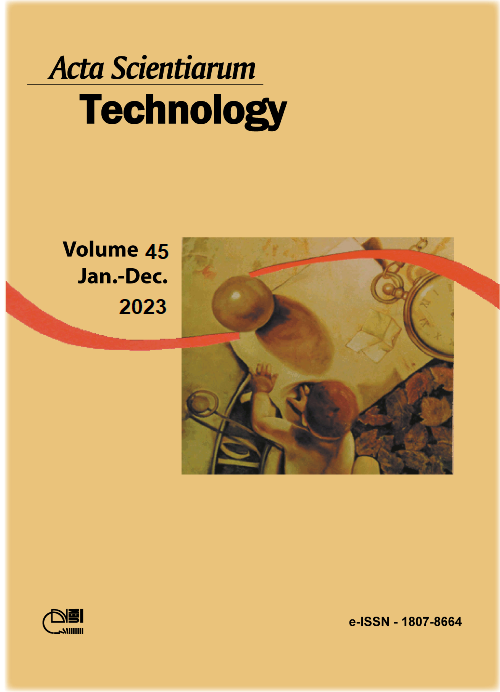Mix design of large-stone asphalt mixtures for heavy-traffic roads
DOI:
https://doi.org/10.4025/actascitechnol.v45i1.59011Keywords:
LSAM; asphalt mix design; compaction methods; locking point.Abstract
Heavy traffic and high temperatures are a common cause of rutting in paved areas, which reduces the time needed between pavement maintenance interventions. Large-stone asphalt mixtures (LSAMs) can reduce rutting when used as intermediate layers in pavement rehabilitation. LSAM is asphalt concrete with a nominal maximum aggregate size of at least 25 mm. In this study, we provide a brief literature review of the historical use of LSAMs, as well as the relevant characteristics of LSAM design. Three LSAMs were designed using different compaction methods: (i) Marshall compaction; (ii) rolling compaction; and (iii) Superpave gyratory compaction (SGC) by varying the compaction energy in 75, 100, and 125 gyrations. Depending on the mix design method used, the designed asphalt content ranged from 3.0 to 4.3%. The locking point from the SGC was evaluated at different gyratory compaction energies, which were related to the porosity of the dominant aggregate size range. These parameters are considered to be of great value when evaluating the LSAM design.
Downloads
References
Downloads
Published
How to Cite
Issue
Section
License
DECLARATION OF ORIGINALITY AND COPYRIGHTS
I Declare that current article is original and has not been submitted for publication, in part or in whole, to any other national or international journal.
The copyrights belong exclusively to the authors. Published content is licensed under Creative Commons Attribution 4.0 (CC BY 4.0) guidelines, which allows sharing (copy and distribution of the material in any medium or format) and adaptation (remix, transform, and build upon the material) for any purpose, even commercially, under the terms of attribution.
Read this link for further information on how to use CC BY 4.0 properly.











8.png)




